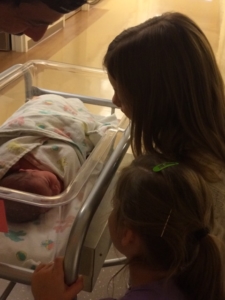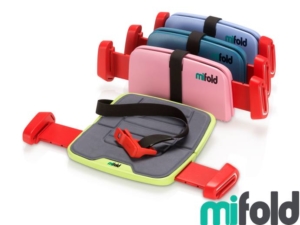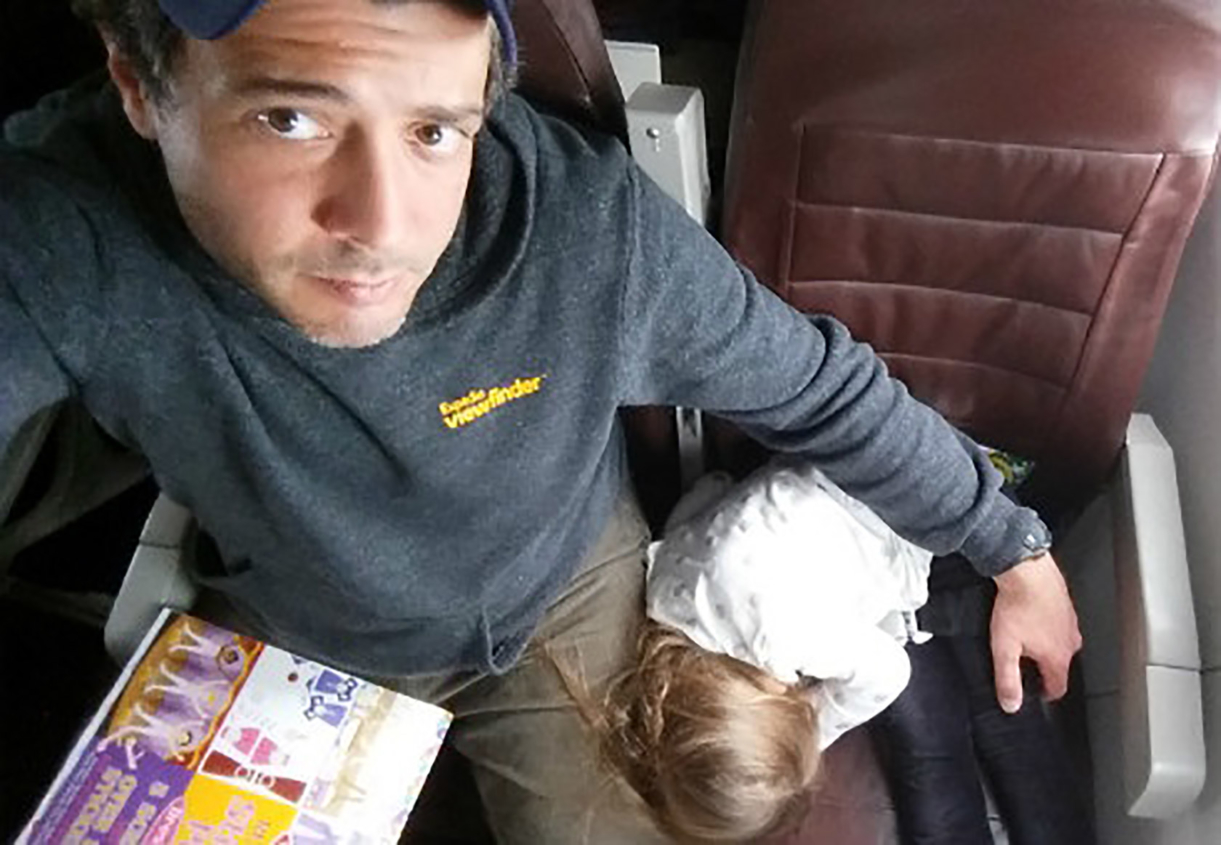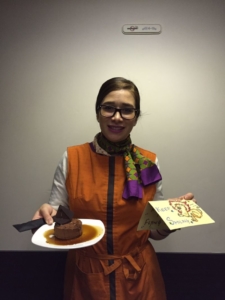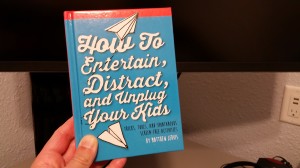The ultimate vehicle for family road trips
My name is Matt Villano, and I drive a minivan. A Honda Odyssey, to be exact. And I’m proud of it.
I know what you’re thinking: WHAT A TOTAL LOSER. And you’re entitled to your opinion. The truth, however, is that I DON’T CARE WHAT YOU THINK. What’s more, I actually kinda sorta love my new wheels. So there.
No, dear readers, minivans aren’t pretty. They’re not cool. Even after Toyota tried to brand its version as the “Swagger Wagon,” they’re not even remotely stylish. But I never was a form-over-function kind of guy. Minivans actually are the ultimate in function-over-form. And when you’ve got a wife and three kids and you take a lot of road trips, all you ever really care about is function, anyway.
Let me repeat that for you, just to make sure there’s no miscommunication here: MY NEW MINIVAN IS AWESOME FOR FAMILY TRAVEL.
Allow me to count the ways:
- It came with seats for eight human beings. EIGHT HUMAN BEINGS. That means our family of five has room to spread out. Hell, I took out the center seat in the second row to let L access the back of the van more easily and there’s still room for seven. (ICYW, no, we are not having more kids.)
- It has SEVEN cup holders (nine if you include the two that were part of the seat I removed). This means there are plenty of places for Powerwoman and me to put our coffees/water bottles, and plenty of places for L and R to store their plastic gems and other treasures they collect along the way.
- It has three-zone climate control. This rules because I doze off behind the wheel if I’m too cold. With this feature, the girls can be all warm and toasty (at different temperatures, mind you), and I can be chilling (literally) behind the wheel.
- Even with the third row of seats, there is ample trunk space. This is good news for our family, since the girls like to take a bunch of crap stuff when we road-trip.
- It has cool back-up and side-view cameras. I don’t really use these things, but they are great tools to call into action when L and R are melting down or fighting (or both). You can almost picture how this goes. HEY KIDS, STOP YELLING AT EACH OTHER AND CHECK OUT HOW COOL THE SHOULDER LOOKS THROUGH THE SIDE-VIEW CAMERA! It actually works!
These five faves barely scratch the surface. Another reason I love the new van is because it reminds me of the first car I ever had—oddly that also was a minivan, though I removed all but the third row of seats so I could make out with girls in high school and college. (Definitely another story for a different blog.)
Admittedly, our new van isn’t for everyone. Most people likely would have sprung for the model with the built-in TV screens in the back; we, because of our stance on screen time, did not. Most people in the Bay Area probably would have opted to spend a little extra money for an oversized SUV (such as the Chevy Tahoe or Suburban) with four-wheel drive; we, because we only go to the mountains once a winter, did not.
(Also, if you care about things such as gas mileage, the van’s is pretty terrible.)
Still, this vehicle is PERFECT for family road trips, and we intend to take it on a bunch. Already, in the van’s short life with us (we’ve had it for fewer than 1,000 miles to this point), we’ve taken it to the beach (60 minutes away), the city (75 minutes away), and the remote country (90 minutes away). Next spring, we’ll take it to Yosemite. Next summer, it might even make the drive to Disneyland.
In National Lampoon’s Vacation, the Griswolds called their lovable station wagon the Family Truckster. I think we’ll start calling ours the Family Vanster, or F.V., for short. Make fun of us all you want. We’ll be laughing from our comfortable ride all the way home.
What are some of your favorite vehicles for family travel?



